Sarah Sundin's Blog, page 247
September 19, 2017
Today in World War II History—Sept. 19, 1942
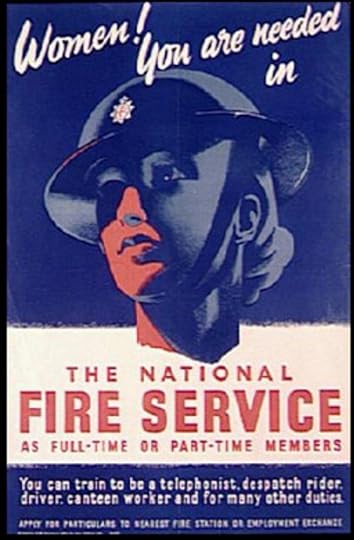
British poster recruiting women for Fire Service, WWII
75 Years Ago—Sept. 19, 1942: Britain expands Compulsory Fire Watch duty to women ages 20-45 with exemptions for pregnant women and mothers of children under 14.
Canada begins rationing gasoline—civilians receive 2.5 gallons per week.
New song in Top Ten: “Wonder When My Baby’s Coming Home?”
September 18, 2017
Today in World War II History—Sept. 18, 1942
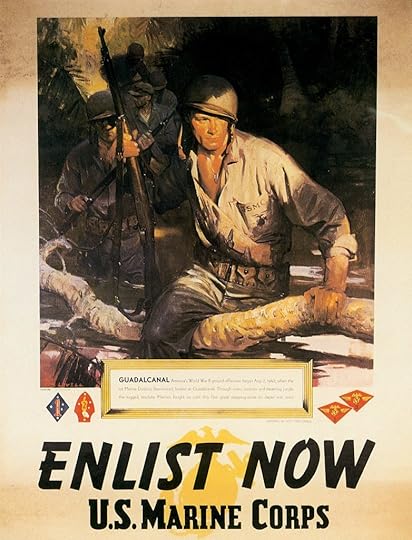
US Marine Corps recruiting poster, 1945
75 Years Ago—Sept. 18, 1942: On Guadalcanal, Marine reinforcements arrive, also supplies, fuel, vehicles, and ammunition, allowing restoration of full rations.
September 17, 2017
Today in World War II History—Sept. 17, 1942
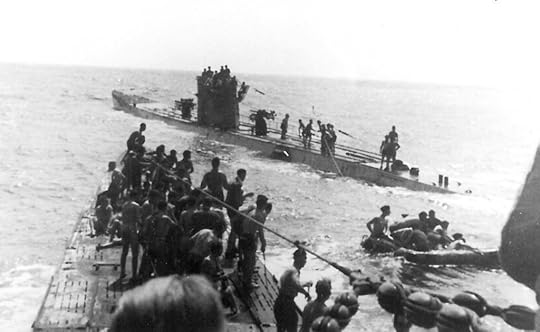
U-156 and U-507 with survivors of RMS Laconia in the Atlantic Ocean, 15 Sep 1942 (public domain via WW2 Database)
75 Years Ago—Sept. 17, 1942: German Admiral Karl Dönitz issues the Laconia Order, forbidding rescue operations by U-boats after US B-24s bombed U-boats rescuing survivors of the Sept. 12 sinking of the Laconia.
Col. Leslie Groves placed in command of Manhattan Project to develop atom bomb.
September 16, 2017
Today in World War II History—Sept. 16, 1942
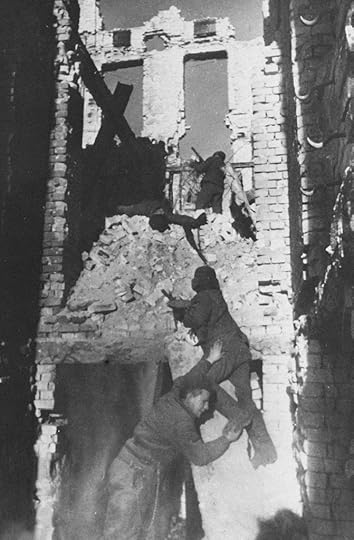
Soviet troops fighting in the ruins of Stalingrad, Russia, 2 Sep 1942 (Russian International News Agency)
75 Years Ago—Sept. 16, 1942: Japanese drive on Port Moresby, New Guinea, halts at Ioribaiwa Ridge.
Germans and Soviets engage in heavy street fighting in Stalingrad.
September 15, 2017
Today in World War II History—Sept. 15, 1942
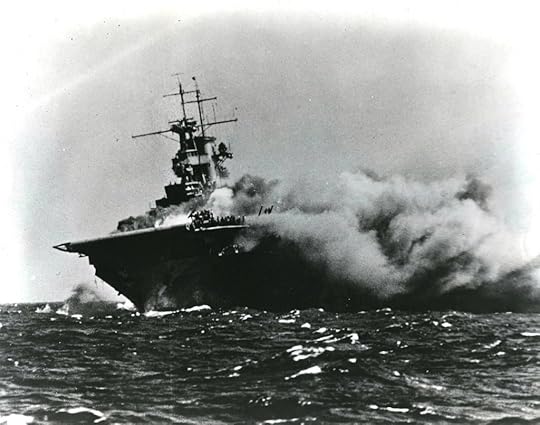
Carrier USS Wasp after being torpedoed by Japanese sub I-19 off Guadalcanal, 15 Sep 1942 (US National Archives)
75 Years Ago—Sept. 15, 1942: Off Guadalcanal, Japanese sub I-19 damages carrier USS Wasp (scuttled by destroyer USS Lansdowne) and shoots the bow off destroyer USS O’Brien, which is repaired.
US forms Women’s Flying Training Detachment under Miss Jacqueline Cochran to train pilots, a precursor to the WASP program.
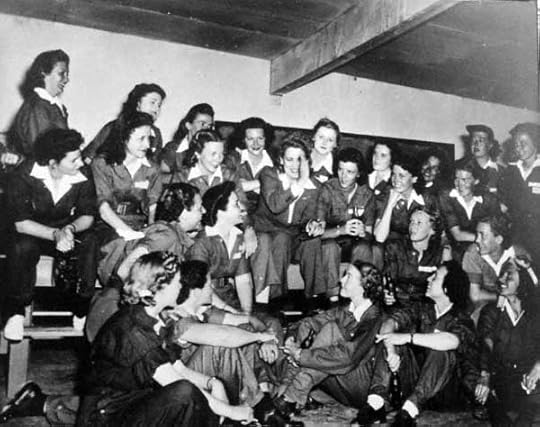
Jacqueline Cochran (center) with WASP trainees, WWII (US Air Force photo)
September 14, 2017
Today in World War II History—Sept. 14, 1942
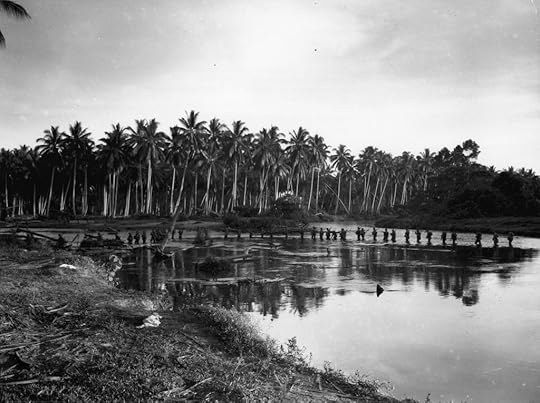
Men of US 2nd Marine Division, Guadalcanal, Aug 1942 (US Marine Corps photo)
75 Years Ago—Sept. 14, 1942: In New Guinea, Australians fall back for the last time to Imita Ridge, only 32 miles from Port Moresby.
Japanese retreat in the Battle of the Ridge on Guadalcanal.
British make unsuccessful raid on Tobruk and Benghazi, Libya, losing a light cruiser and two destroyers.
September 13, 2017
Today in World War II History—Sept. 13, 1942
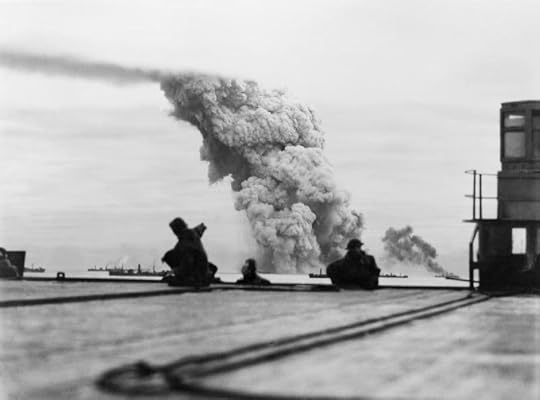
Smoke rising from ammunition ship Mary Luckenbach in Allied convoy PQ-18, 13 Sep 1942; seen from escort carrier HMS Avenger (Imperial War Museum)
75 Years Ago—Sept. 13, 1942: On Guadalcanal, Japanese try to seize Henderson Field, but fail.
In Arctic convoy PQ-18, German aircraft and U-boats sink nine Allied cargo ships.
Nazi-occupied France establishes National Work Service: men 18-50 & single women 21-35 may be conscripted for labor in Germany.
September 12, 2017
Today in World War II History—Sept. 12, 1942
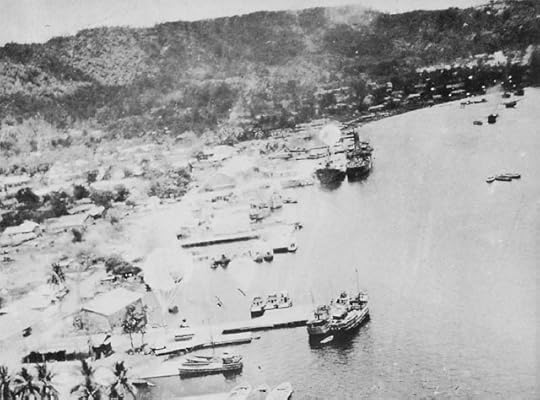
US Fifth Air Force parachute fragmentation bombs falling on docks at Rabaul, New Britain, 2 November 1943 (Library of Congress)
75 Years Ago—Sept. 12, 1942: Battle of the Ridge begins: US Marines fight off Japanese attacks on Guadalcanal.
US Fifth Air Force A-20 light bombers first use parachute fragmentation bombs (“parafrags”)—at Buna, New Guinea.
Off Ascension, German submarine U-156 sinks British troop transport Laconia carrying 1800 Italian POWs; U-156 radios for assistance in rescuing survivors (beginning of Laconia Incident).
September 11, 2017
Today in World War II History—Sept. 11, 1942
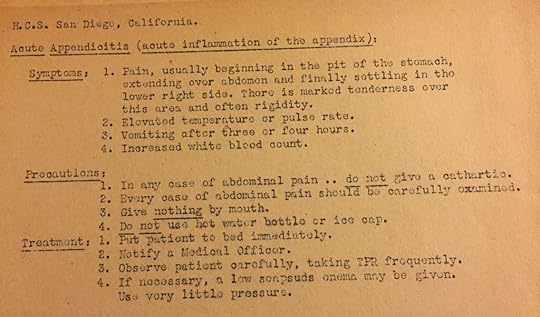
Notes on appendicitis from my grandfather’s pharmacist’s mate training notebook, Naval Hospital Corps School, 1944 (Sarah Sundin’s collection)
75 Years Ago—Sept. 11, 1942: Australians fall back to Ioribaiwa Ridge in retreat toward Port Moresby, New Guinea.
On board submarine USS Seadragon in the South China Sea, Pharmacist’s Mate First Class Wheeler Lipes performs a successful emergency appendectomy, the first of three performed by pharmacist’s mates on submarines in 1942.
September 10, 2017
Today in World War II History—Sept. 10, 1942
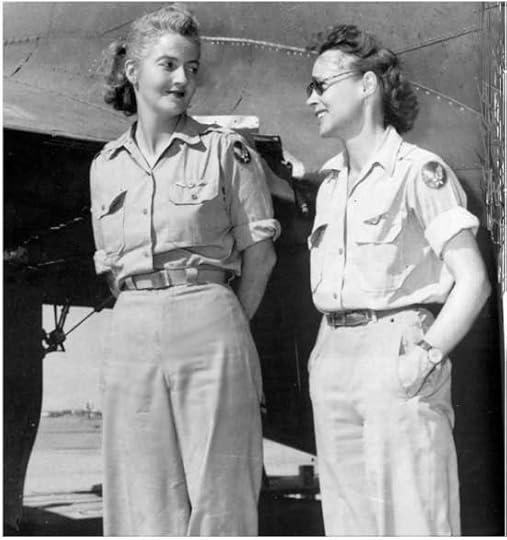
Nancy Love (left) and Betty Gillies in 1943, the first women to fly the B-17 Flying Fortress heavy bomber; the two WAFS were set to ferry a B-17 to England when their flight was cancelled by General “Hap” Arnold (US Air Force photo)
75 Years Ago—Sept. 10, 1942: US forms WAFS (Women’s Auxiliary Ferrying Squadron) under Nancy Harkness Love for already-licensed pilots, a precursor to the WASP program.



